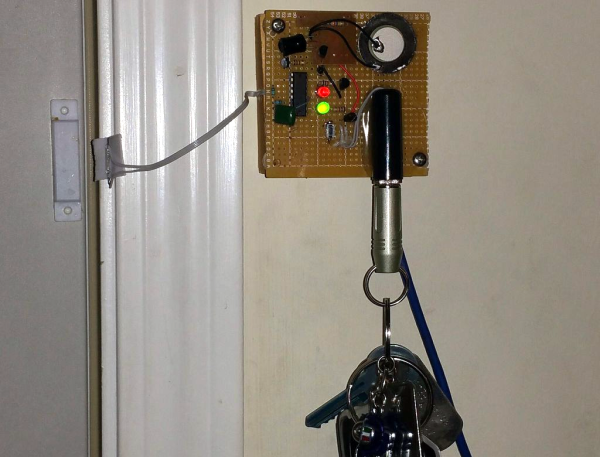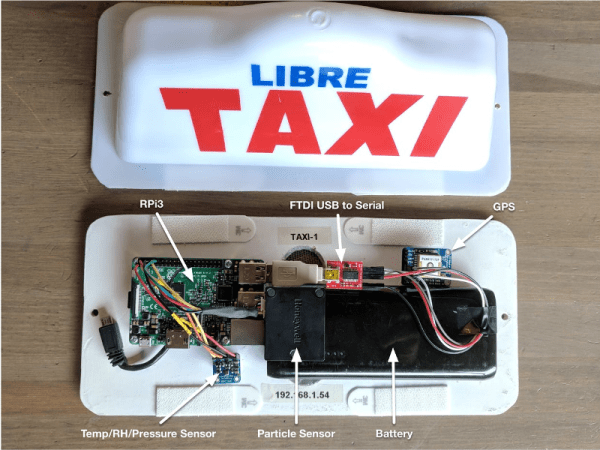How many people liked your last tweet? Oh yeah? Didja get any retweets? Was it enough to satisfy your need for acceptance, or were you disappointed by the Twitterverse’s reaction?
If you couldn’t see the number of likes, retweets, or followers you had, would you still even use Twitter?
[Ben Grosser] wants to know. He’s trying to see if people will look their relationship with social media squarely in the eye and think honestly about how it affects them. After all, social media itself isn’t the bad guy here—we are all responsible for our own actions and reactions. He’s created a browser extension that demetricates Twitter by removing any bluebird-generated quantifier on the page. It works for tweets, retweets, and the number of tweets playing the trending tag game. Numbers inside of tweets and on user profiles aren’t hidden, however, so you’ll still be able to see, for example, tweets containing Prince lyrics.
The Twitter Demetricator is available as a Chrome extension, and as a userscript for Tampermonkey for the other browsers people actually use (read: no IE support). Here’s what we want to know: Can he gamify it? Can he make a game out of weaning ourselves off of these meaningless metrics and inflated sense of self and FOMO and whatever marketing guff they come up with next to describe the modern human condition? We’re getting low on dopamine over here.
This isn’t [Ben]’s first foray into the social aspects of social media. We covered his Facebook demetricator way back in ’12.


















